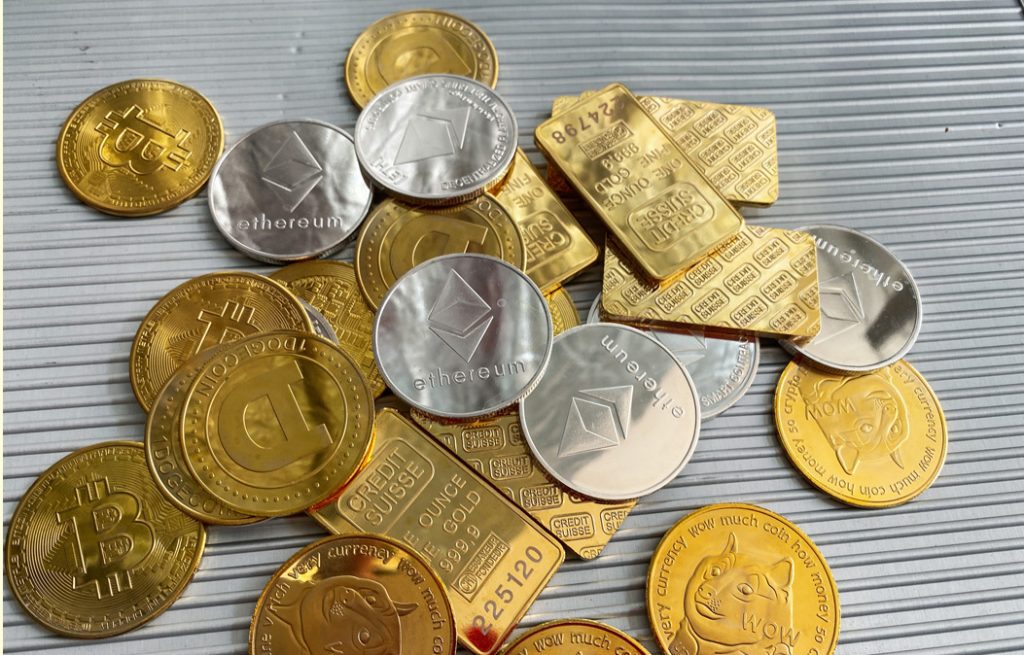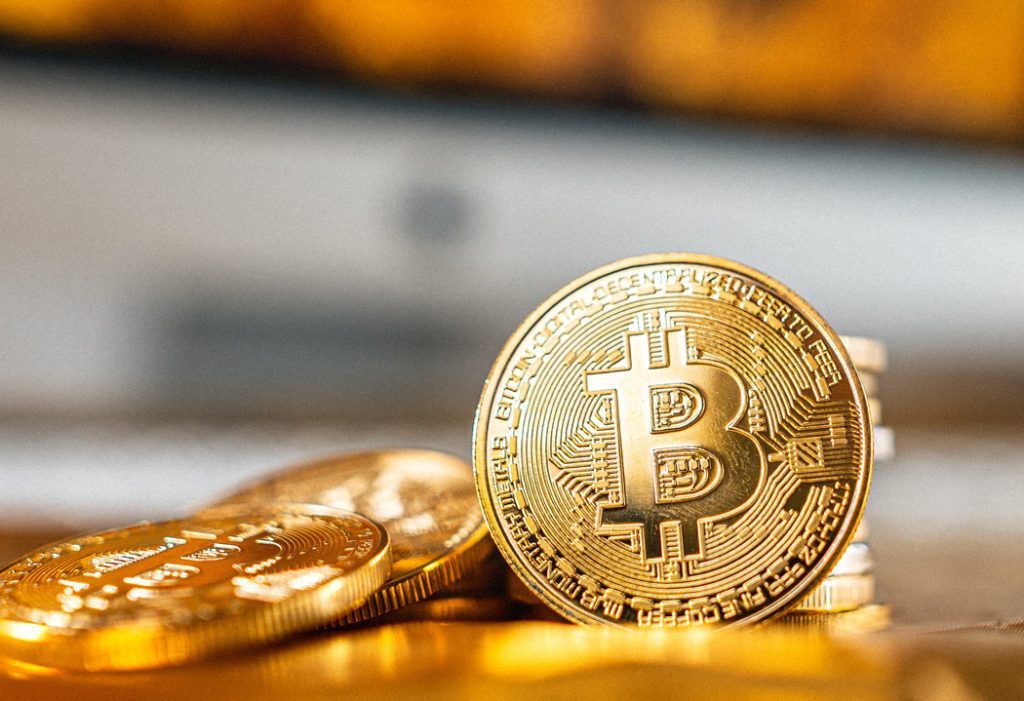
Let me begin by saying that I do not provide advice on cryptocurrency or securities. I consider myself an educator exercising free speech, and I hope you find this article of value and interest.
According to USDebtClock.org, the real-time updater using official sources on the U.S. economy, the U.S. dollar-to-crypto ratio in 2013 was $9,893.00 to $1.00. Nine years later in 2022, it’s $11.89 to $1.00. In other words, the supply of cryptocurrency is rapidly approaching the supply of U.S. dollars. Given its growing impact on the world economy, let’s consider some of the issues.
Point: China banned cryptocurrency, yet they are creating their own cryptocurrency, the Chinese Yuan.
Counterpoint: China banned Amazon, Google, and Facebook with little impact.
•
Point: There is no underlying value in cryptocurrency.
Counterpoint: Every single asset’s value largely depends on what others are willing to pay for it. When Richard Nixon ended the gold standard, the U.S. dollar’s value was maintained due to a shared belief and confidence in it. Of course, a government has legal authority to print money and tax its populace, and only one government thus far, El Salvador, accepts cryptocurrency (Bitcoin) as legal tender.
•
Point: Cryptocurrency is a Ponzi scheme.
Counterpoint: A Ponzi scheme promises high returns that it sustains by stealing from the principal of new depositors to pay the returns to older depositors. It fails when it can’t meet its obligations. With all cryptocurrencies, due diligence is a must. Likewise, when a government begins printing more money than it can support, we may have a Ponzi scheme (e.g., Greece in 1944, Germany in 1923, Yugoslavia in 1994, Zimbabwe in 2008, Hungary in 1946, and Venezuela in 1983). Some consider the worldwide rise of cryptocurrency to be the will of the people voicing dissent against a government’s ability to deflate their wealth by the overprinting of money.
•
Point: Cryptocurrency isn’t real; you can’t touch it.
Counterpoint: You can’t touch software either and you’re probably reading this through software. For decades now, most of the money in the world has been purely digital.
•
Point: You could lose money in cryptocurrency.
Counterpoint: Yes, but most people are already losing money when you consider the loss of buying power. All over the world governments print money, often driving prices higher and higher, and people are looking for ways to offset inflation. Measured from its inception in 2009, cryptocurrency is the highest appreciating asset class ever in history, albeit extremely volatile, with price drops of 90 percent or more on a regular basis.
•
Point: It’s too late to buy cryptocurrency.
Counterpoint: Bitcoin went up 6,500,000 times within 12 years, from $0.01 to $65,000. People thought Bitcoin was too expensive to buy when it went up 10 times from $0.01 to $0.10, 10 times from $0.10 to $1, 10 times from $1 to $10, 10 times from $100 to $1,000, and 10 times from $1,000 to $10,000. As I write this, it’s over $40,000. Bitcoin has never been down in price for longer than about three years.

Point: The ownership of cryptocurrency is too centralized.
Counterpoint: How many funds are run by one person? How many countries? Teams? Companies? How’s that worked out?
Jeff Bezos owns 11 percent of Amazon. Elon Musk owns 20 percent of Tesla. If they decided to dump their stocks, the price would crash. They don’t because they don’t want to kill their golden goose. It’s understood that whales in anything have larger incentives to see their companies or projects do well, because they have more skin in the game.
Forty percent of all Bitcoin is controlled by less than 2,000 people—that’s 0.01 percent of addresses. The founder of Bitcoin, known as Satoshi Nakamoto, still owns around 5 percent of all Bitcoin. It’s worked out quite well for Bitcoin’s price (6,500,000 times in 12 years). Ownership centralization is good for price appreciation.
•
Most advisors caution their clients to avoid cryptocurrencies for good reason—they’re too new and too risky. A few advisors suggest investing a very small portion of discretionary assets after considerable due diligence. Some consider crypto investing to be similar to getting involved with first-generation computers in the 1970s. I remember my first word processor didn’t have an undo feature. Similarly, much of cryptocurrency lacks an undo feature. If you transfer the digital representation of the U.S. dollar, USDC coin, to a blockchain address and misspell one letter, you will lose all of your money with no recourse. Scary? Yes, but in this case, that feature is there to protect you. However, being the first to discover something before everyone else does is frequently where the largest gains come from, albeit with commensurate risk.
